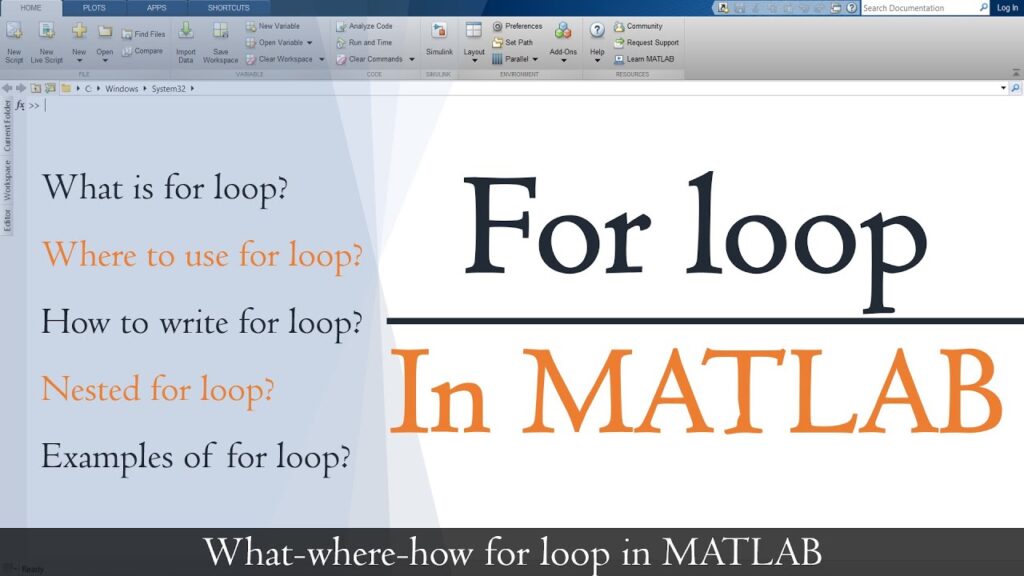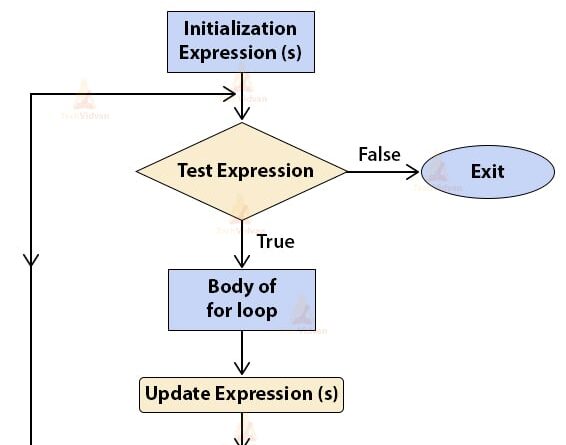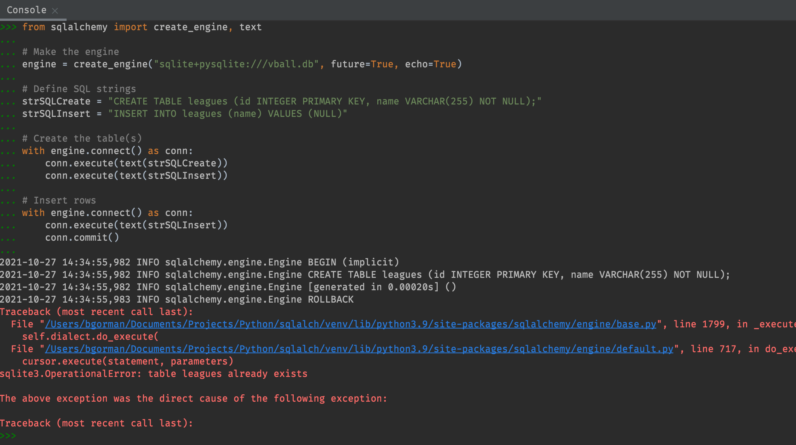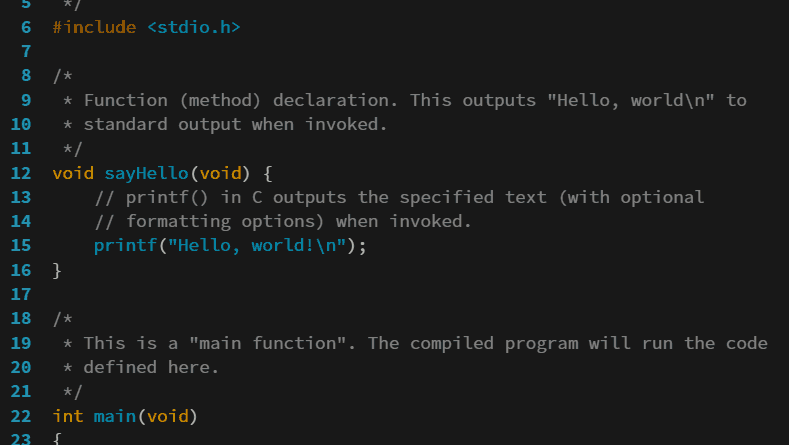
In this article, you’ll learn how to create for loops in MATLAB. I’ll guide you through the steps of setting up and running a for loop, explaining the key components along the way. By the end, you’ll have a solid understanding of how to use for loops to automate repetitive tasks in your MATLAB programs. So, let’s get started and unlock the power of for loops in MATLAB!
Table of Contents
A Beginner’s Guide to Creating For Loops in MATLAB
Overview of MATLAB
MATLAB is a high-level programming language and environment that is widely used in engineering, science, and mathematics. It is known for its versatility in solving complex problems and performing data analysis. One of the key features of MATLAB is its ability to create loops, which allow you to execute a set of instructions repeatedly. In this guide, we will focus on the for loop, one of the most commonly used loop structures in MATLAB.
Understanding For Loops
What is a For loop in MATLAB?
A for loop is a control flow statement used to repeatedly execute a block of code for a fixed number of times. It is particularly useful when you need to perform a specific task multiple times with slight variations. In MATLAB, the for loop consists of an initialization statement, a loop condition, and an increment or decrement statement.
How does a For loop work?
When you create a for loop in MATLAB, it starts by initializing a loop variable to a given value. Then, it checks a loop condition to determine whether to continue executing the loop statements. If the condition is true, the loop statements are executed. After that, the loop variable is incremented or decremented, and the loop condition is checked again. This process continues until the loop condition becomes false.

Syntax of For Loops
Defining the loop variable
In MATLAB, you can define the loop variable as any valid variable name. It is used to control the number of iterations in the loop. For example, if you want to iterate a loop 10 times, you can define the loop variable as i.
Setting the iteration range
To specify the iteration range in a for loop, you need to provide the starting value, the ending value, and an optional step value. The starting value indicates where the loop should begin, the ending value defines when the loop should end, and the step value determines how the loop variable changes with each iteration.
Executing loop statements
Inside the for loop, you can write the statements that need to be executed repeatedly. These statements can include mathematical calculations, data processing, or any other operations that you want to perform.
Controlling Loop Execution
Using the break statement
The break statement is used to prematurely terminate the execution of a loop. It allows you to exit the loop before the loop condition becomes false. This can be useful if you encounter a specific condition that requires an immediate termination of the loop.
Using the continue statement
The continue statement is used to skip the remaining statements in a particular iteration of a loop and move on to the next iteration. It is particularly useful if you want to skip certain iterations based on a specific condition, but continue with the rest of the loop’s iterations.
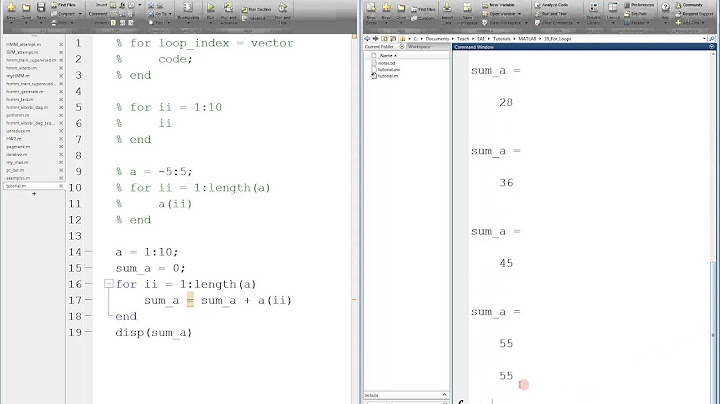
Nested For Loops
What are nested For loops?
A nested for loop is a loop structure that contains another loop within its body. This allows for multiple levels of iteration. Each inner loop is executed completely for each iteration of the outer loop. This can be helpful when you need to perform a task that requires multiple levels of iteration, such as processing a two-dimensional array or matrix.
Advantages and limitations of nested For loops
The advantage of using nested for loops is that they provide a convenient way to iterate over complex data structures or perform complex calculations. They allow you to break down a problem into smaller, manageable chunks. However, nested for loops can also lead to increased execution time and should be used judiciously to avoid unnecessary computational overhead.
Common Applications of For Loops
Iterating over arrays and matrices
One common use of for loops in MATLAB is to iterate over arrays and matrices. By using a for loop, you can access each element in the array or matrix and perform specific operations on them. This can be useful when you need to process large amounts of data or perform calculations on individual elements.
Performing mathematical calculations
For loops can also be used for performing mathematical calculations. By defining the loop variable and setting the iteration range appropriately, you can compute various mathematical functions or series. For example, you can use a for loop to calculate the sum of a series or find the factorial of a number.
Processing data in files
For loops can be handy when dealing with file operations. You can use a for loop to read data from files, process it, and write the results back to another file. This can be useful when working with large datasets or performing batch processing tasks.
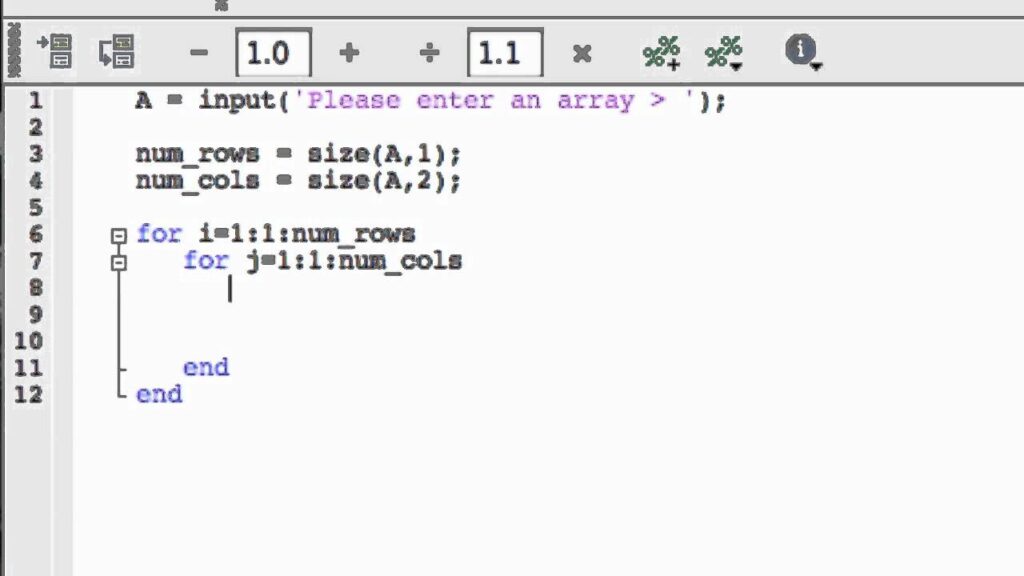
Increment and Decrement
Incrementing the loop variable
To increment the loop variable in a for loop, you can use the ++ operator or the += operator. Both operators increase the loop variable by a specified value. For example, if you want to increment the loop variable i by 1, you can use i++ or i += 1.
Decrementing the loop variable
To decrement the loop variable in a for loop, you can use the -- operator or the -= operator. Similar to incrementing, both operators decrease the loop variable by a specified value. For example, if you want to decrement the loop variable j by 1, you can use j-- or j -= 1.
Loop Control Statements
Using the for loop index
In MATLAB, you can access the current index of a for loop using the built-in variable i. This variable stores the current value of the loop variable in each iteration. You can use this index to perform specific tasks or make decisions within the loop.
Skipping iterations
Sometimes, you may want to skip certain iterations in a for loop based on a specific condition. You can achieve this by using conditional statements inside the loop and the continue statement. By including an if statement to check the condition and using the continue statement, you can skip the remaining statements in that iteration and move on to the next iteration.
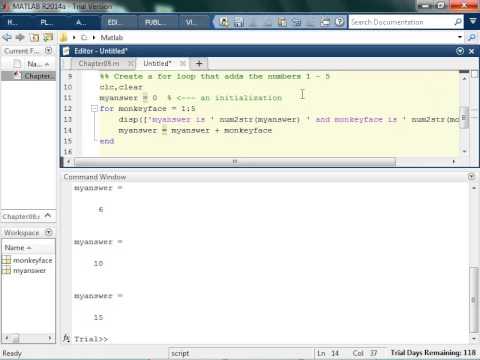
Avoiding Infinite Loops
Setting a loop termination condition
To avoid infinite loops, you need to define a loop termination condition. This condition should be based on the loop variable or another variable that changes with each iteration. If the termination condition is not met, the loop will continue indefinitely, which can lead to excessive memory usage and program crashes.
Using appropriate control statements
In addition to setting a loop termination condition, it is important to use appropriate control statements such as the break and continue statements. These statements allow you to control the flow of the loop and avoid any unintended infinite loops.
Conclusion
Creating for loops in MATLAB can greatly simplify the process of repeating a set of instructions for a given number of times. By understanding the syntax and using appropriate control statements, you can effectively use for loops to iterate over arrays, perform calculations, and process data. With this beginner’s guide, you now have the foundation to start creating for loops in MATLAB and utilizing their benefits in your programming endeavors.
